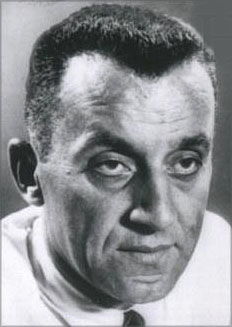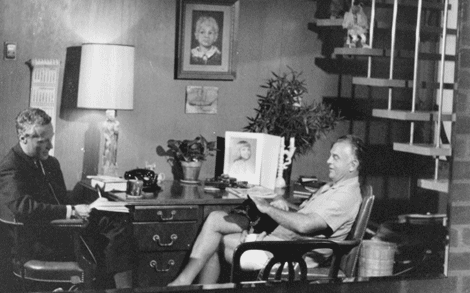Post by Arjan Hut on Jan 14, 2020 8:36:08 GMT -5
276 The Rotterdam American Express Folder on the Oswalds
See also:
46 Spas Raikin's complete report
267 The source of Oswald's funds
Until 2005 there was an affiliate of American Express at De Meent, a street in Rotterdam, which the
Oswalds visited on October 4th 1962 on their way from Russia back to the USA. The address was in Lee
Harvey Oswald's notebook. This is where he could pick up his tickets for the boat trip to America. For
several years there has been a modest file on Oswald in the Rotterdam archives, but nobody has ever
been allowed to read it, for reasons of privacy. "Even when the Irish researcher Anthony Summers
showed with a fax from none other than Marina Oswald, the journalist was refused access."
(Translated by AH from Perry Vermeulen, Lee Harvey Oswald Via Rotterdam naar Dallas, p. 119-123)

Former location of American Express office in Rotterdam
I gave a list of materials, sources of materials to the Board prior to the in Washington, D.C., hearing. A
couple of things have come to my attention in the last few days. One was in an article in the Fourth
Decade by Filip Coppens, a Belgian journalist that I have been in correspondence with. He reports on an
article written by two Dutch journalists about Lee Harvey Oswald's stay in Holland, and one of the things
that came out of that is that there is an American Express file on Lee Harvey Oswald in the Rotterdam
Branch Office of American Express. That might give some of the expenditures of the Oswalds while they
were in Holland, it might give a little more information on an aspect of his return from the Soviet Union
that we really don't have very much information on at this point.

Marina's message (illustration from Via Rotterdam naar Dallas. Perry Vermeulen, 2008)
The American Express Office told the journalists that as far as they knew there was nothing of particular
interest in the file and, therefore, they weren't going to show it to them. But apparently there is such a
file there. If Oswald had American Express, there may be other American Express files with information
about him as well.
(Martin Shackelford, November 18, 1994 ARRB Hearing)
See also:
46 Spas Raikin's complete report
267 The source of Oswald's funds
Until 2005 there was an affiliate of American Express at De Meent, a street in Rotterdam, which the
Oswalds visited on October 4th 1962 on their way from Russia back to the USA. The address was in Lee
Harvey Oswald's notebook. This is where he could pick up his tickets for the boat trip to America. For
several years there has been a modest file on Oswald in the Rotterdam archives, but nobody has ever
been allowed to read it, for reasons of privacy. "Even when the Irish researcher Anthony Summers
showed with a fax from none other than Marina Oswald, the journalist was refused access."
(Translated by AH from Perry Vermeulen, Lee Harvey Oswald Via Rotterdam naar Dallas, p. 119-123)

Former location of American Express office in Rotterdam
I gave a list of materials, sources of materials to the Board prior to the in Washington, D.C., hearing. A
couple of things have come to my attention in the last few days. One was in an article in the Fourth
Decade by Filip Coppens, a Belgian journalist that I have been in correspondence with. He reports on an
article written by two Dutch journalists about Lee Harvey Oswald's stay in Holland, and one of the things
that came out of that is that there is an American Express file on Lee Harvey Oswald in the Rotterdam
Branch Office of American Express. That might give some of the expenditures of the Oswalds while they
were in Holland, it might give a little more information on an aspect of his return from the Soviet Union
that we really don't have very much information on at this point.

Marina's message (illustration from Via Rotterdam naar Dallas. Perry Vermeulen, 2008)
The American Express Office told the journalists that as far as they knew there was nothing of particular
interest in the file and, therefore, they weren't going to show it to them. But apparently there is such a
file there. If Oswald had American Express, there may be other American Express files with information
about him as well.
(Martin Shackelford, November 18, 1994 ARRB Hearing)









/arc-anglerfish-arc2-prod-dmn.s3.amazonaws.com/public/2K3DRKETTT5NJJRGTKGF2LSLQY.jpg)






